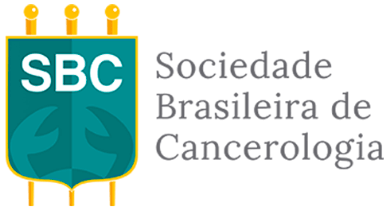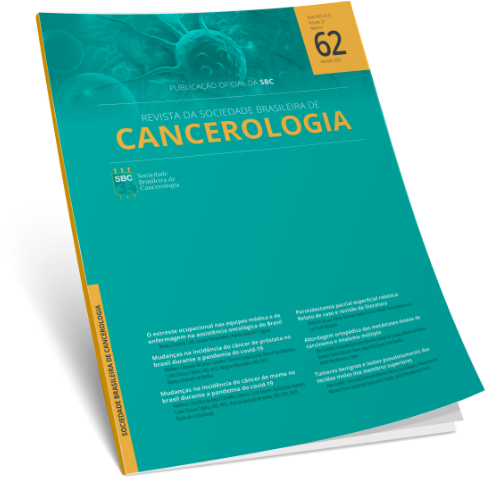Ana Silvia Santos de Sousa (UNIFACS) e Rafael Balac de Andrade Nascimento (UNIFACS),
Author contacts: Ana Silvia Santos de Sousa,, Salvador, Bahia, Brasil
Rafael Balac de Andrade Nascimento,Bahia, Brasil
ABSTRACT
INTRODUCTION: Esophagus cancer is the fifth most frequent tumor in the gastrointestinal tract, responsible for 358 thousand deaths per year (1). Because most of the patients are asymptomatics, clinical suspicion is usually low. As it is a rapidly progressive cancer, it needs a fast intervention. This is guaranteed by the law n° 127232/2012, in which an oncologic patient must start treatment at least 60 days after diagnosis. This research aims to analyze if this right was guaranteed in Brazil between 2018 and 2021, considering the COVID-19 pandemic period.
OBJECTIVES: To establish a comparison in the time between the diagnosis and the treatment of esophagus cancer in Brazil, during the biennia 2018-2019 and 2020-2021, considering the impact of COVID-19 pandemic. METHODS: This research is an ecologic study with secondary data, about the consequences of the pandemic in the time to start the treatment of malignant esophagus neoplasm in
Brazil, between 2020-2021 and 2018 and 2019. The data was obtained from the “PAINEL – oncologia do Departamento de Informática do Sistema Único de Saúde (DATASUS)”, considering the variables’ time to start the treatment and year of treatment. The data was analyzed and categorized utilizing the program Microsoft Excel (2019).
RESULTS: Between 2018 and 2021 there were 19186 patients diagnosed and treated, the number of treated people in at least 60 days after the diagnosis being 9713 (50,62%), while the ones in which the beginning in less than 60 days was 9473 (49,37%), a difference of 240 (2,5%). There was a non-linear
increase in the number of patients treated in more than 60 days, with a decay of 0,98% in 2020 and, right after, an increase of 2,18% in 2021. However, from 2019, the cases with more than 60 days to treat stand out in relation to the less than 60 days. Still, it was observed a discreet increase of 328 cases (6,46%) with less than 60 days to treat in the whole period. CONCLUSION: This study showed that the treatment in more than 60 days after the diagnosis of esophagus cancer has increased quantitatively in a non linear form, while the treatment in less than 60 days increased discreetly in percentage value. Considering these findings, it is suggested that treatment made in more than 60 days has increased during the COVID-19
pandemic, evidencing a possible delay in the start of the treatment in Brazil during this period.
Keywords: Esophagus cancer, comparative study, Brazil, cancer, esophagus, diagnosis, treatment.

